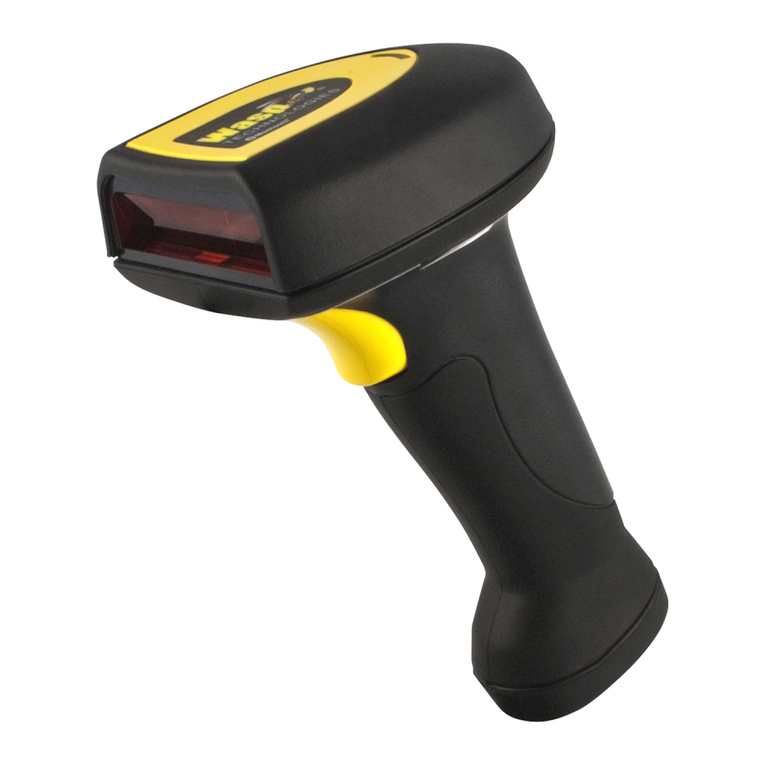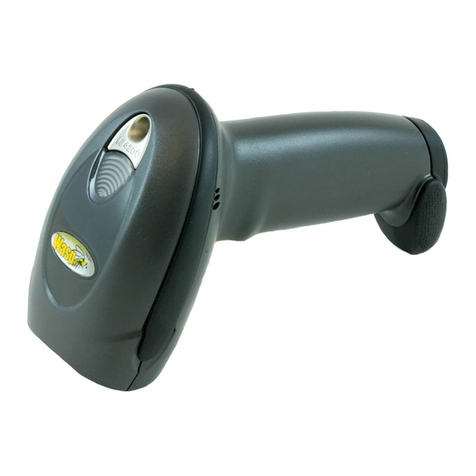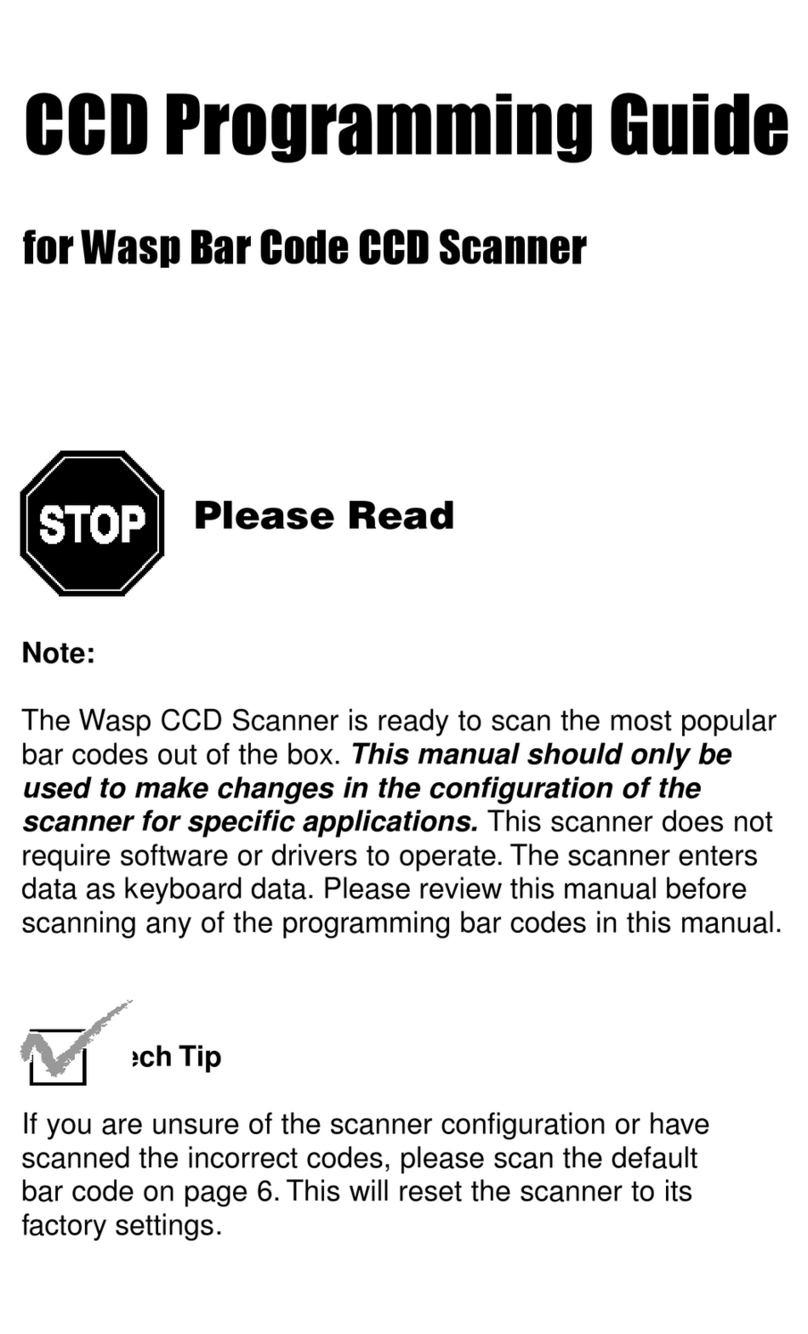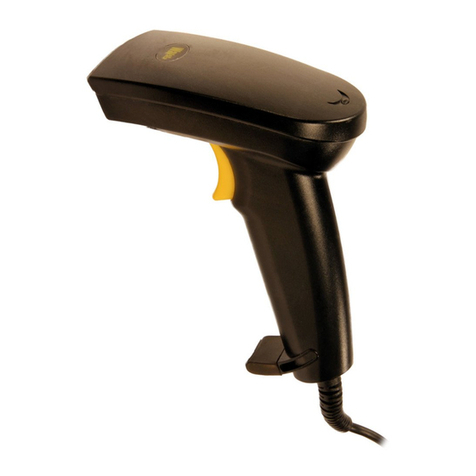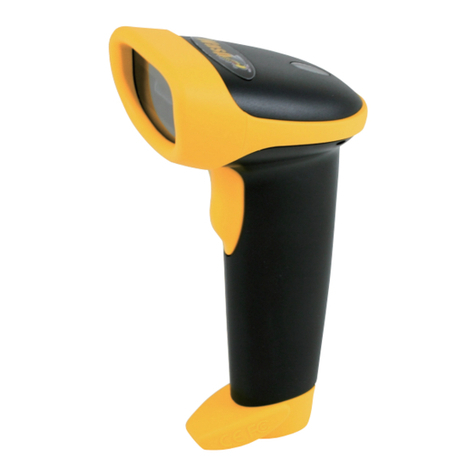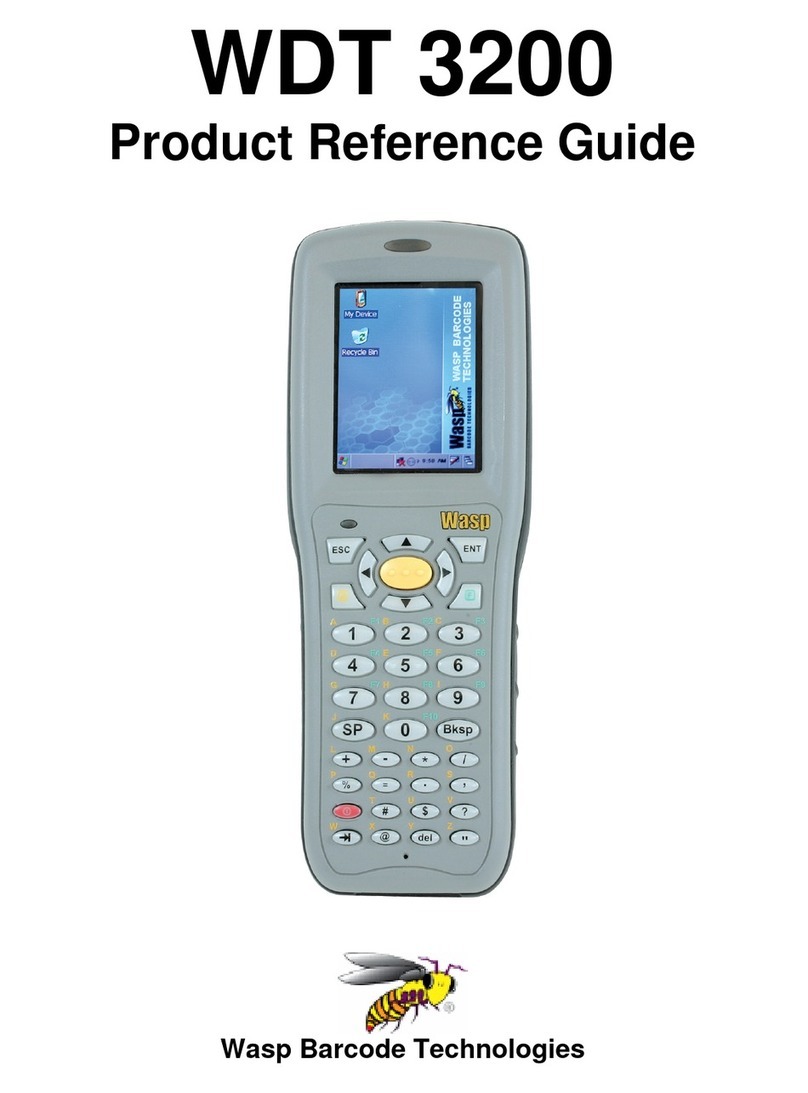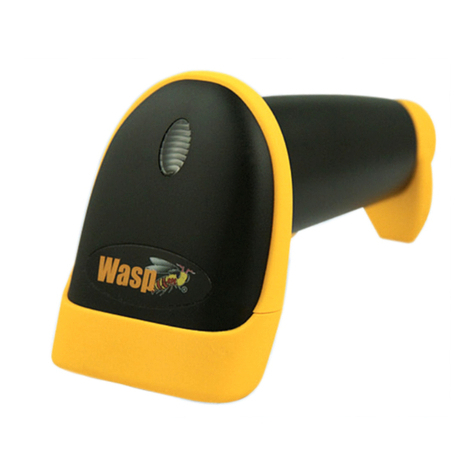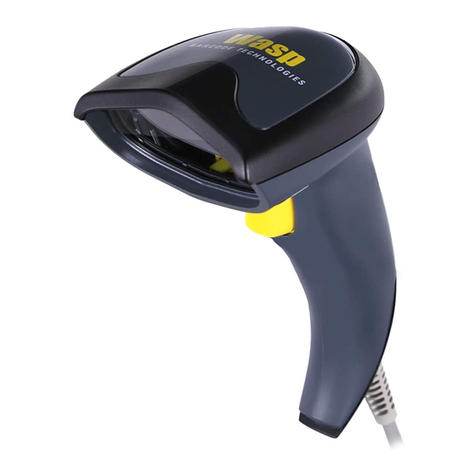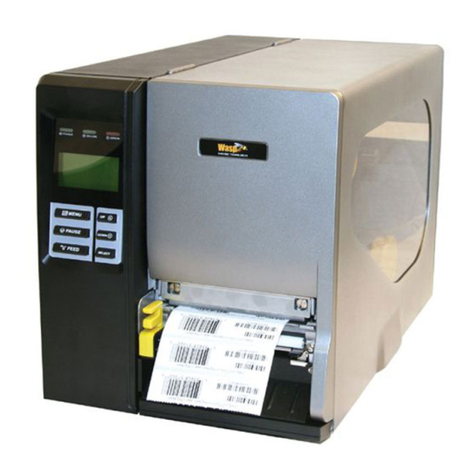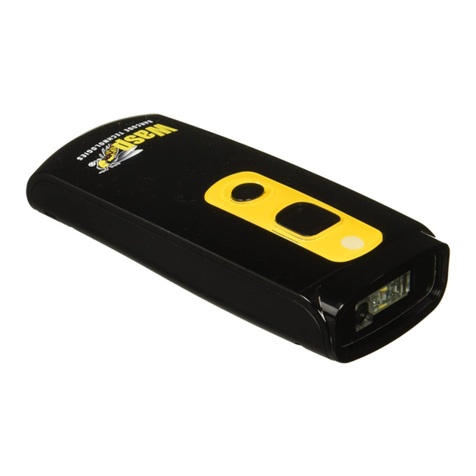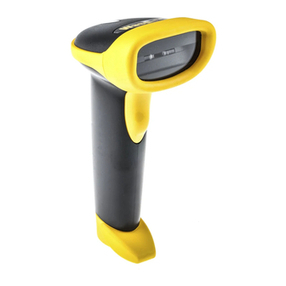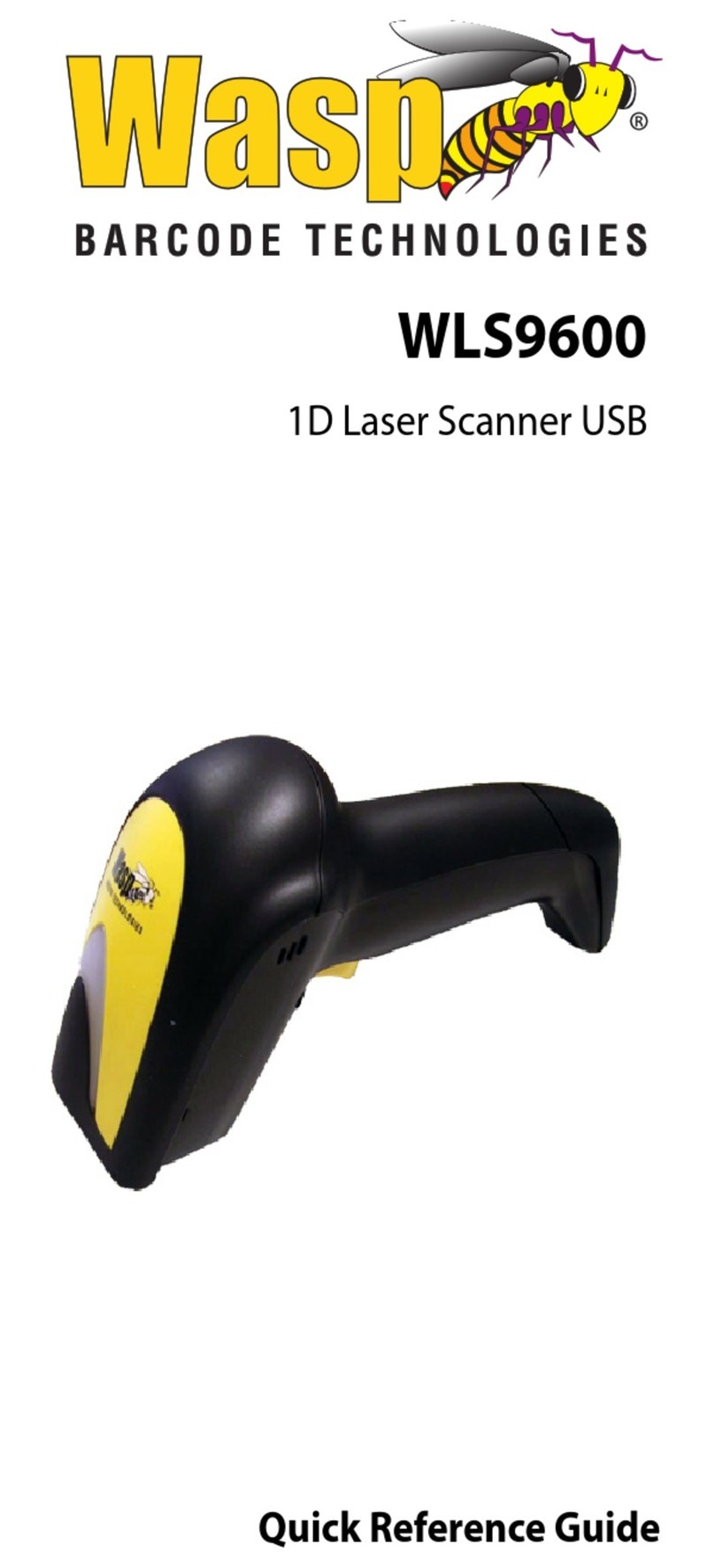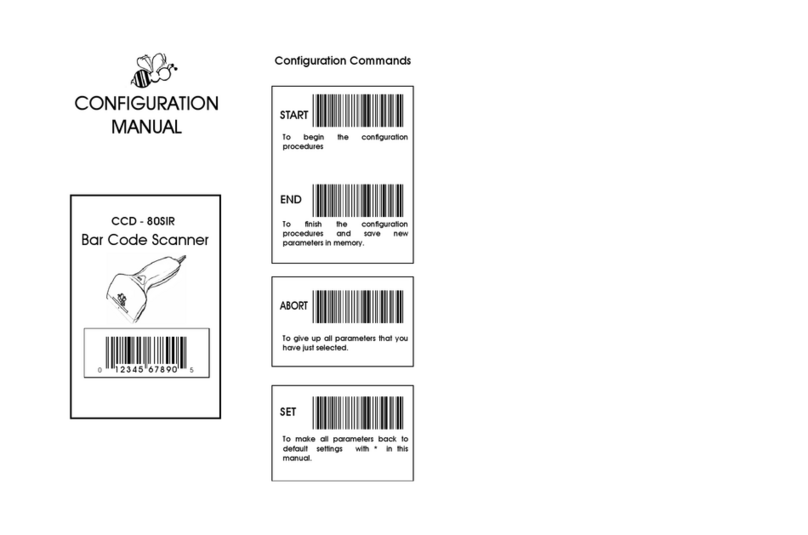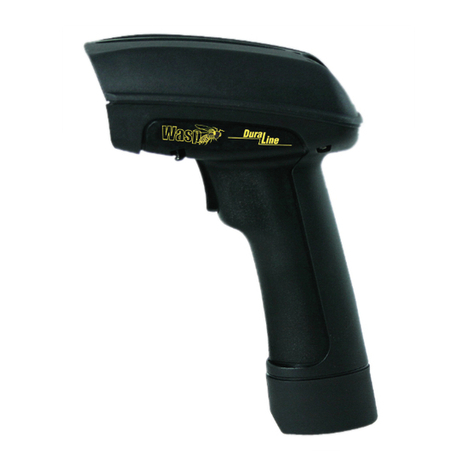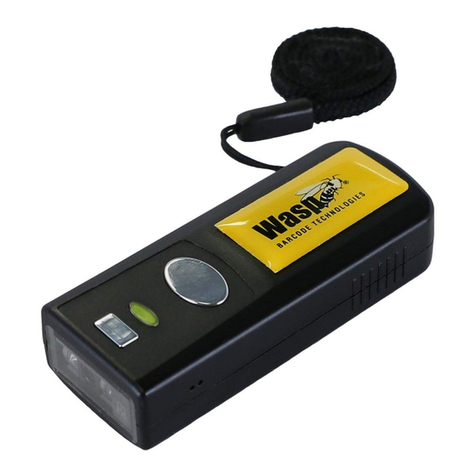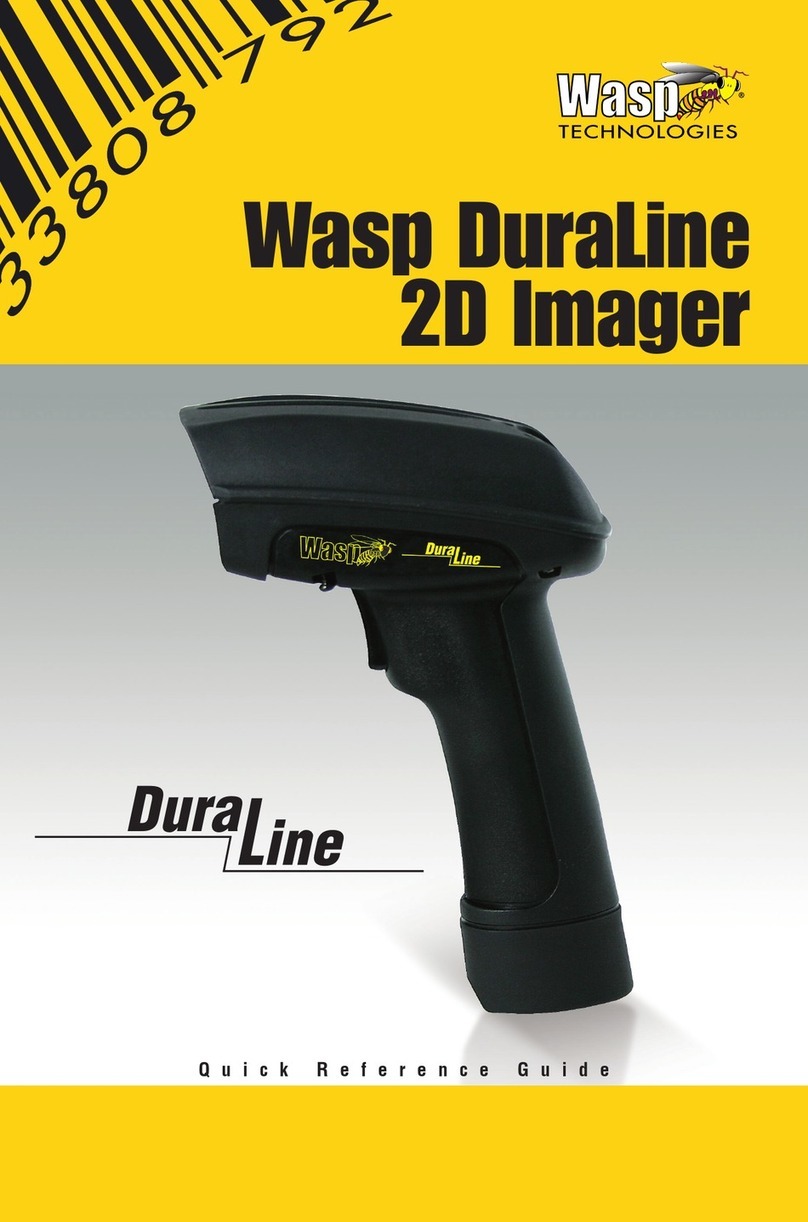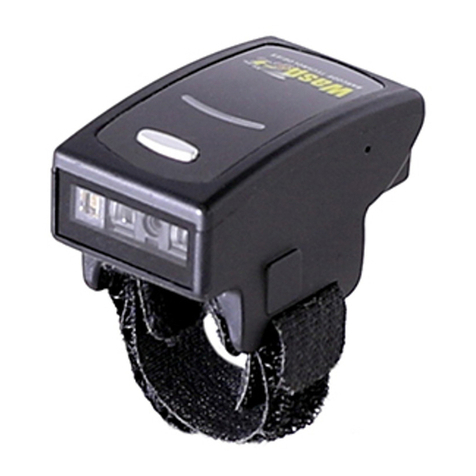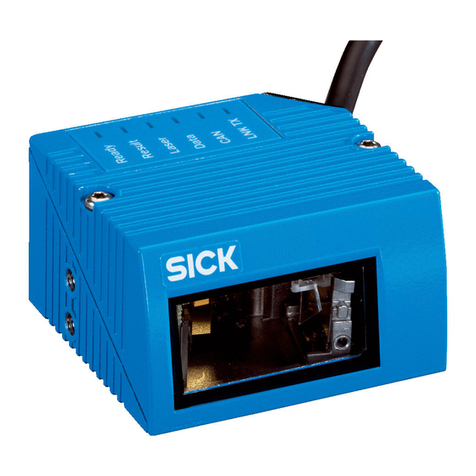© 2012 by Wasp Technologies. All rights reserved.
No part ofthis publication may be reproduced or used in any form, or by any electrical or mechanical means, without
permission in writing from Wasp Technologies. This includes electronic or mechanical means, such as photocopying,
recording, or information storage and retrievalsystems. The material in this manual is subject to change without notice.
The software is provided strictly on an “as is” basis. All software, including firmware, furnished to the user is on a licensed
basis. Wasp Technologies grants to the user a non-transferable and nonexclusive license to use each software or firmware
program delivered hereunder (licensed program). Except as noted below,such license may not be assigned, sublicensed, or
otherwise transferred by the user withoutprior written consent of Wasp Technologies. No right to copy a licensed program in
wholeor in part is granted,except as permitted undercopyright law. Theuser shallnotmodify,merge, or incorporateany form
or portion of a licensed program with other program material, create a derivative work from a licensed program, or use a
licensed program in a networkwithout written permission from Wasp Technologies. The user agrees to maintain Wasp
Technologies’ copyright notice on the licensed programs delivered hereunderand to include thesameon any authorized copies
it makes, in whole or in part. The user agrees notto decompile, disassemble, decode,or reverseengineer any licensed program
delivered to the user or any portion thereof.
Wasp Technologies reserves the right to make changes to any software or product to improve reliability, function, or design.
Wasp Technologies does not assume any product liability arising out of, or in connection with, the application or use of any
product, circuit, or application described herein. No license is granted, either expressly or by implication, estoppel, or
otherwise under any Wasp Technologies, intellectual property rights. An implied license only exists for equipment, circuits,
and subsystems contained in Wasp Technologies products.
Wasp Technologies is a registered trademark of Wasp Technologies. Other product namesmentioned in this manual may be
trademarks or registered trademarks of their respective companies and are hereby acknowledged.
Wasp Technologies
1400 10th St.
Plano TX 75074
http://www.waspbarcode.com
Rev. 4/12/2012
